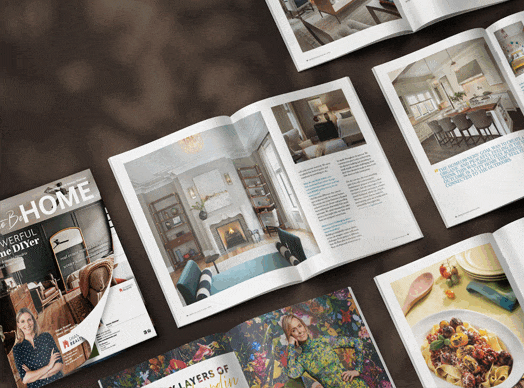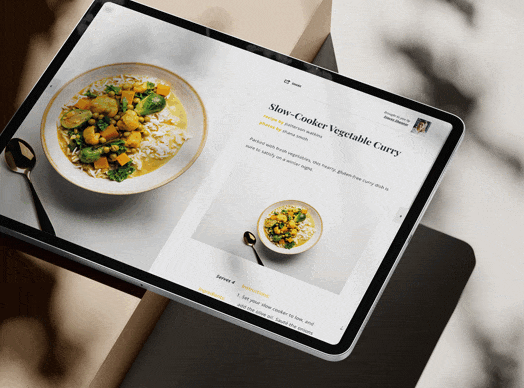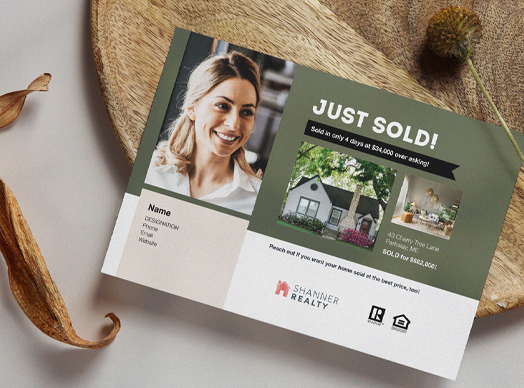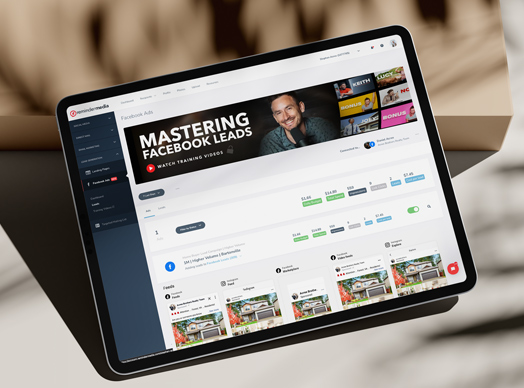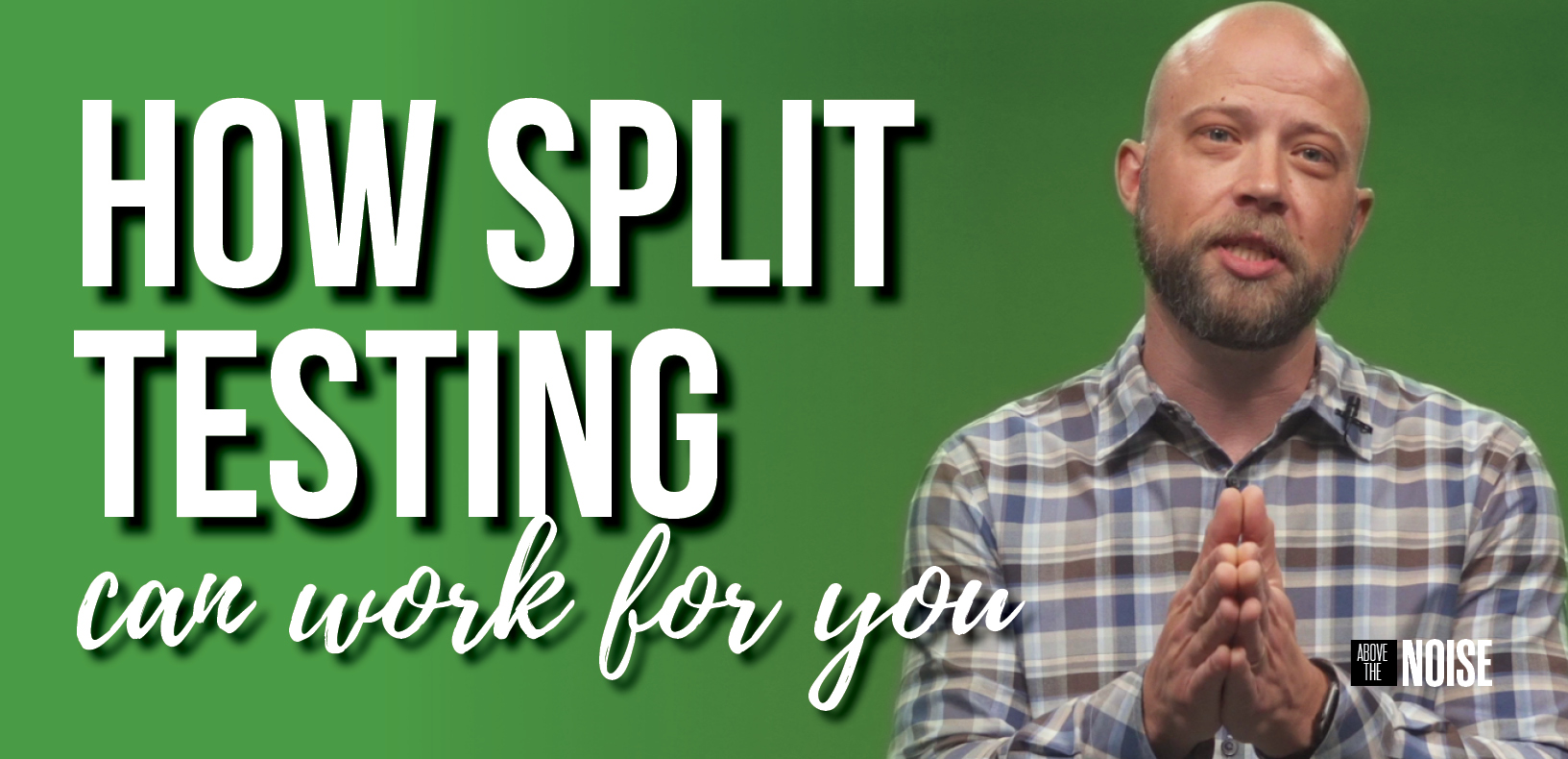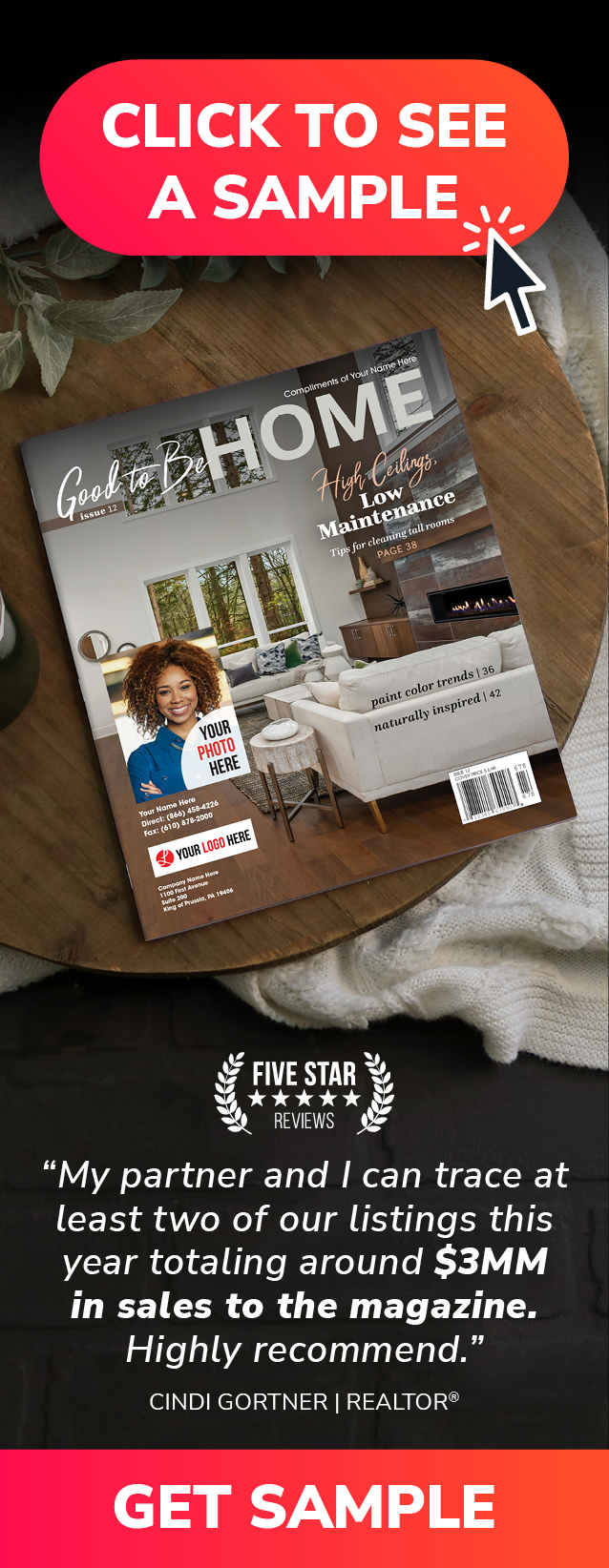When you’re looking to attract new leads and drive more sales on Facebook, there are few things more effective than a targeted ad campaign.
Luckily, there’s no shortage of options for connecting with the audience of your choosing. Though your individual results will ultimately depend on a number of different factors, you can increase your chances of success by going in with a game plan.
Keep reading to learn about three of the most effective types of Facebook ads you can use to bolster your business.
Image ad
One of the most popular ad formats on Facebook is the image format. If your primary goal is to drive traffic to a specific blog post or page on your website, this could be the right option for you.
The goal of image ads is typically to get someone to click a link, which is either included in the lead copy (Facebook calls it the “body text”) or, in some cases, converted into a link preview. The link preview usually consists of an image, the title of the link, and a brief description. When clicked, it directs users to an outside website or landing page of your choosing.
In Ads Manager, you can add the link preview by checking the “Add a website URL” box. In our experience, real estate ads tend to perform better when the link is placed in the lead copy, without generating a link preview window. But feel free to experiment with both approaches and see which one works best for you.
Though your goal here is to get people to check out your full listing ad, leading with a compelling image is key. A study from BuzzSumo found that Facebook posts containing images get more than twice the engagement of those that don’t.
If you’re serious about running a successful image campaign, it’s important to understand which practices work best, as well as what you should avoid. First of all, Facebook recommends using images that feature no more than 20% text. The more text that appears in your image, the less likely it is that your ad will show up in people’s feeds. To ensure your content makes the cut, use this free tool provided by Facebook. (Or, better yet, consider using an image that contains no text at all.)
Once you’ve got your image and link selected, use the lead copy/body text to preview what people will learn by clicking the link. Try to avoid using action phrases such as “like this post” or “click here,” as these terms are considered engagement bait and will hurt your chances of connecting with a larger audience.
Video ad
You’ve probably heard a lot of buzz about video marketing and the potential it offers your business. Videos are great for accomplishing a wide variety of objectives, from demonstrating a product to simply putting a human face on your brand.
It makes sense, then, that videos are an especially dynamic way to advertise on Facebook. You can upload a video, promote one you’ve posted previously, or even create a slideshow from a series of images. Your video ad can be shown in people’s Facebook feeds, on Instagram Stories, and even sent through Facebook Messenger. Plus, you can also create a call to action at the end of your video, linking to a landing page on your website or anywhere else you’d like to direct your leads.
While Facebook recommends uploading videos that are less than 15 seconds long, you can take advantage of the video ads feature to promote longer clips, as well. If you’re choosing to advertise with a longer video, be sure to offer something that customers will consider valuable, such as:
- Virtual tours of real estate listings
- Customer testimonials
- Behind the scenes footage or live videos
It’s also a good idea to include captions on your videos, since many people will watch them with the sound off.
Remember: you’re competing for attention with everything else on Facebook, and it’s important that you do what you can do to stand out.
Carousel ad
Think of a carousel ad as a way to get some of the best features from both video and image ads. The carousel option allows users to combine up to 10 different images and videos (called “cards”) in a single ad. What’s even better is that you can include a different link underneath each one.
Carousel ads are a natural choice for marketers who need to promote multiple products or services to the same exact audience all at once. You may have seen sites like Amazon use carousel ads to advertise a series of products that you might be interested in based on your browsing history.
For those working in real estate, carousel ads are a great way to show off current listings or upcoming open houses.
One of the most useful features of the carousel format is that it automatically prioritizes your best performing cards so they appear first. In other words, if you’ve got a link that’s getting more clicks than others in the series, it’ll automatically show up first. (If you don’t want to take advantage of this feature, simply uncheck the box next to “Automatically show the best performing cards first” when you’re creating the ad.)
If you’ve never used the carousel format before but would like to get started, you can take advantage of Facebook’s Guided Ad Creation feature, which will walk you through the process.
While carousel ads are a great option for many marketers, keep in mind that this format means you’re effectively running multiple ads at the same time. If you’re hesitant to sink so much of your resources into a single campaign, consider trying a single image/text ad before tackling something this complex.
At the end of the day, the type of ad you choose depends on what you’re looking to accomplish. In many cases, the best option is to create an ad based on a previously existing post on your business page—called a boost.




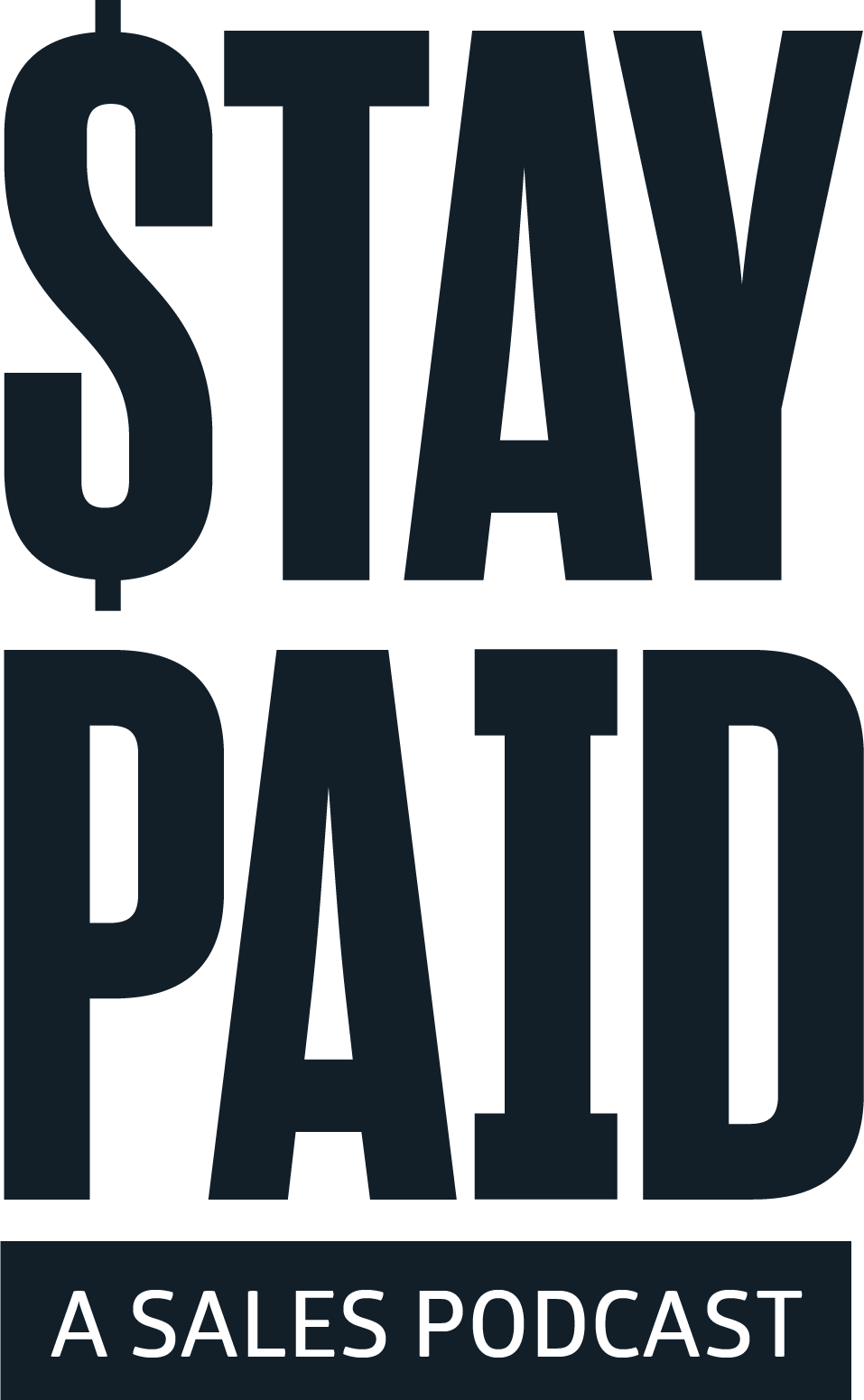




 Apple Podcasts
Apple Podcasts
 Google Play
Google Play
 Spotify
Spotify
